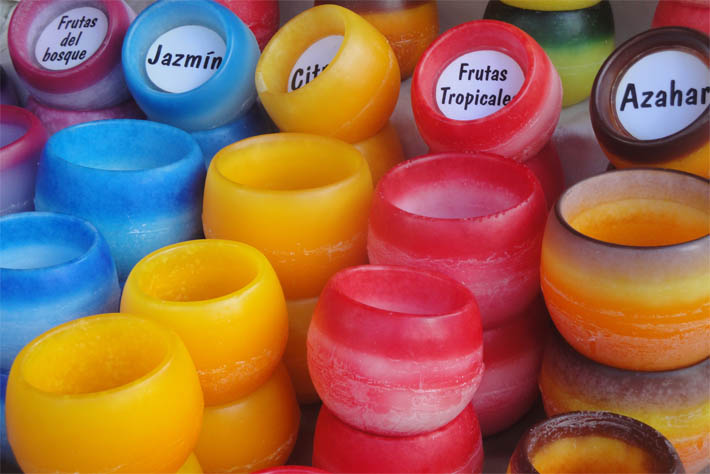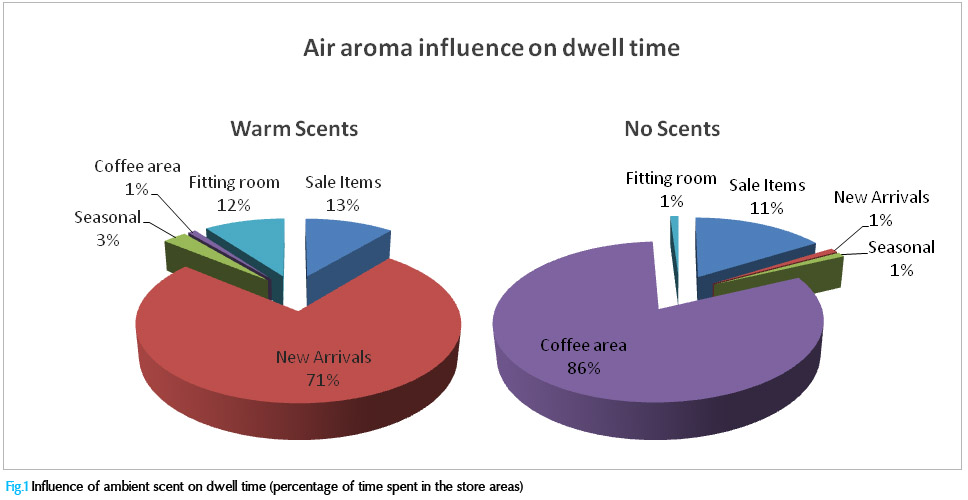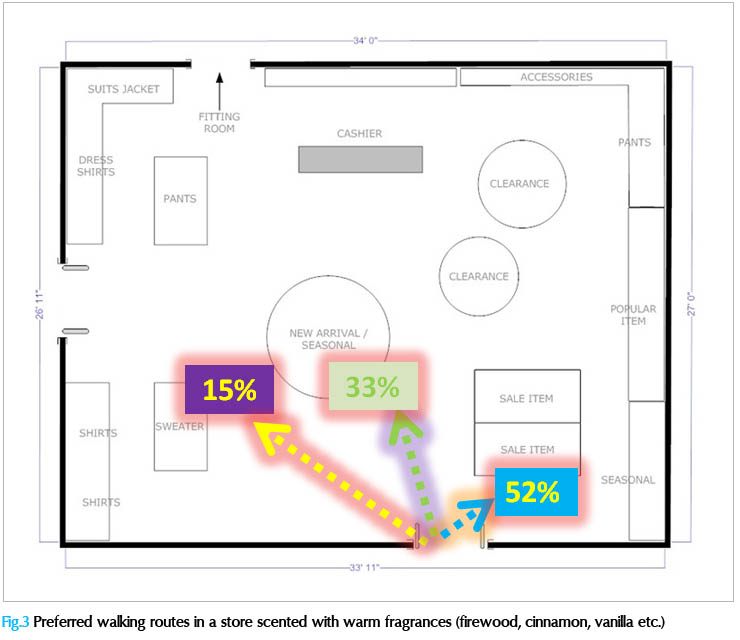
My brain loves vanilla fragrance.
I had this basic insight this morning inside a bookstore, downtown.
I found myself nose up, inhaling soft and invisible bubbles of aroma that brought me back to my 8 years old. Me, in my grandma kitchen, she gently offering a piece of her luscious and fragrant vanilla cake ...
So how could such a small thing like a sprinkle of perfume, take me on for such an intense, emotional journey?
“When we think about sensory experience, smell is one of the most impacting senses. It instinctively engages customers feelings and perceptions” observes Francesco De Fina, Neuroset’s CEO. “Smell is a complex, primitive sense, that seduces people mind and heart at an unconscious level” .
Much of the new research, centers on how the brain glues together smells and memories. It seems that these two processes are associated thanks to a network of neurons oscillating at the same pace (20-40 Hz ) in the enthorinal and hippocampus circuits – the smell and memory areas of the brain, indeed.
Fascinating, isn’t it? And, if properly mastered, smell can be a valuable marketing tool, too.
For example, some smells have the power to make customers feel welcome, invited to stay longer, purchase more, come back again.
Some scents are more powerful than others.
Take the case of jasmine. People prefer shopping malls where jasmine is sprayed into the air. But, it has to be combined with indole – a compound with a very pungent smell – to be engaging. Mix floral scents with bad smells, and you'll definitely hook your customers brain.
Many hotels also use scent as a chain signature, especially delicate, tea-derived aromas. Libraries and underwear stores use cinnamon, vanilla and other homey scents to enhance customers experience.
Recently Neuroset explored the impact of ambient scent in a luxury clothing flagship.
“A lesson we learned from neuroscience, is that warm scents like brown sugar and firewood, evoke calmness, cosiness and security” says De Fina. “On the other hand, cold fragrances like seashore or eucalyptus, evoke bright and large spaces”.
Neuroset tested customers tendency to stay on in a certain area of the store depending on the type of ambient smell (dwell time).

“Warm ambient fragrances help consumers feeling in a cozy, familiar place” says De Fina. “This, in turn, favors deeper emotional connections with the environment, and makes consumers relaxed during shopping” .
Neuroset also found that warm air scents liked cinnamon, popcorn butter and vanilla influenced consumers preferred routes in the store exploration.
“Imagine being in a rush day or, on the contrary, being in one of those days you’re a little bit dizzy. These days, getting inside the store with the right air fragrance might act as sort of mood therapy” says De Fina.

Today we have the possibility of reliably measuring the impact of smell on consumers thoughts and behavior.
Electroencephalography (EEG) can help quantify the emotional impact of odors on purchase behavior. Eyetrackers can identify hot-spot stimuli in a scented environment, and galvanic skin response can measure consumers level of excitation, fear, surprise, joy etc. in response to odors.
Admittedly, smell has a tremendous power. Want to learn how to use it to engage YOUR customers? Ask for one of our free pilot studies in the box below.
Comments